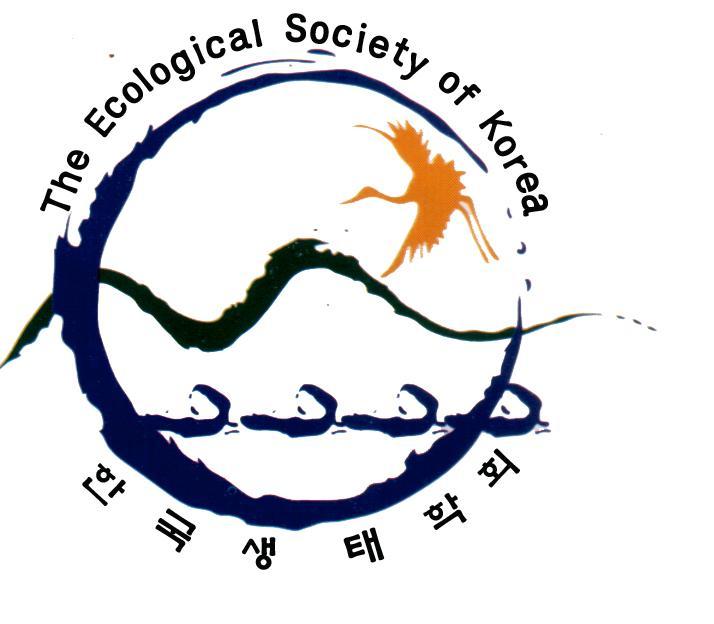- KOREAN
- P-ISSN2287-8327
- E-ISSN2288-1220
- SCOPUS, KCI
 ISSN : 2287-8327
ISSN : 2287-8327
Article Contents
- 2024 (Vol.48)
- 2023 (Vol.47)
- 2022 (Vol.46)
- 2021 (Vol.45)
- 2020 (Vol.44)
- 2019 (Vol.43)
- 2018 (Vol.42)
- 2017 (Vol.41)
- 2016 (Vol.39)
- 2015 (Vol.38)
- 2014 (Vol.37)
- 2013 (Vol.36)
- 2012 (Vol.35)
- 2011 (Vol.34)
- 2010 (Vol.33)
- 2009 (Vol.32)
- 2008 (Vol.31)
- 2007 (Vol.30)
- 2006 (Vol.29)
- 2005 (Vol.28)
- 2004 (Vol.27)
- 2003 (Vol.26)
- 2002 (Vol.25)
- 2001 (Vol.24)
Impact, management, and use of invasive alien plant species in Nepal’s protected area: a systematic review
Nuttaya Yuangyai (Faculty of Environmental Management, Prince of Songkla University, Hat Yai 90110, Thailand)
Sutinee Sinutok (Faculty of Environmental Management, Prince of Songkla University, Hat Yai 90110, ThailandCoastal Oceanography and Climate Change Research Center, Prince of Songkla University, Hat Yai 90110, Thailand)
Abstract
Background: Invasive alien plant species (IAP) significantly threaten Nepal’s protected areas and local communities. Understanding their distribution, impact, management, and utilization is essential for developing effective management strategies and sustainable uti- lization practices. The systematic literature review of publications from 2010 to 2023. The search was conducted through the database Nepal Journal online database (NepJOL) and Google Scholar, yielding an initial pool of 4,304 publication. After applying inclusion and exclusion criteria; we meticulously reviewed 43 articles for data extraction. Results: Seventeen IAP are found in protected area, Nepal with the highest prevalence observed in Koshi Tappu Wildlife Reserve, followed by Chitwan and Sukhlaphanta National Park. The most problematic species in terrestrial ecosystems are Mikania micrantha, Lan- tana camara, and Chromolaena odorata. The grassland ecosystems of wildlife habitats, primarily in the Terai and Siwalik regions, are the most invaded. Various management ap- proaches are employed to mitigate the spread and impact of IAP, including mechanical methods such as uprooting, burning, and cutting. However, these methods are costly, and context-specific interventions are needed. The study also explores the potential use of IAP for economic, ecological, or cultural purposes, such as medicinal properties, energy production potential, and economic viability. Local communities utilize these plants for animal bedding, mulching, green manure, briquette, and charcoal production. Conclusions: Applying silvicultural practices alongside mechanical management is rec- ommended to maintain a healthy terrestrial ecosystem and utilize the removed biomass for valuable products, thereby reducing removal costs and increasing income sources, po- tentially benefitting both local communities and wildlife in protected areas.
- keywords
- invasive alien plant species, native species, protected area, wildlife habitat
- Downloaded
- Viewed
- 0KCI Citations
- 0WOS Citations
